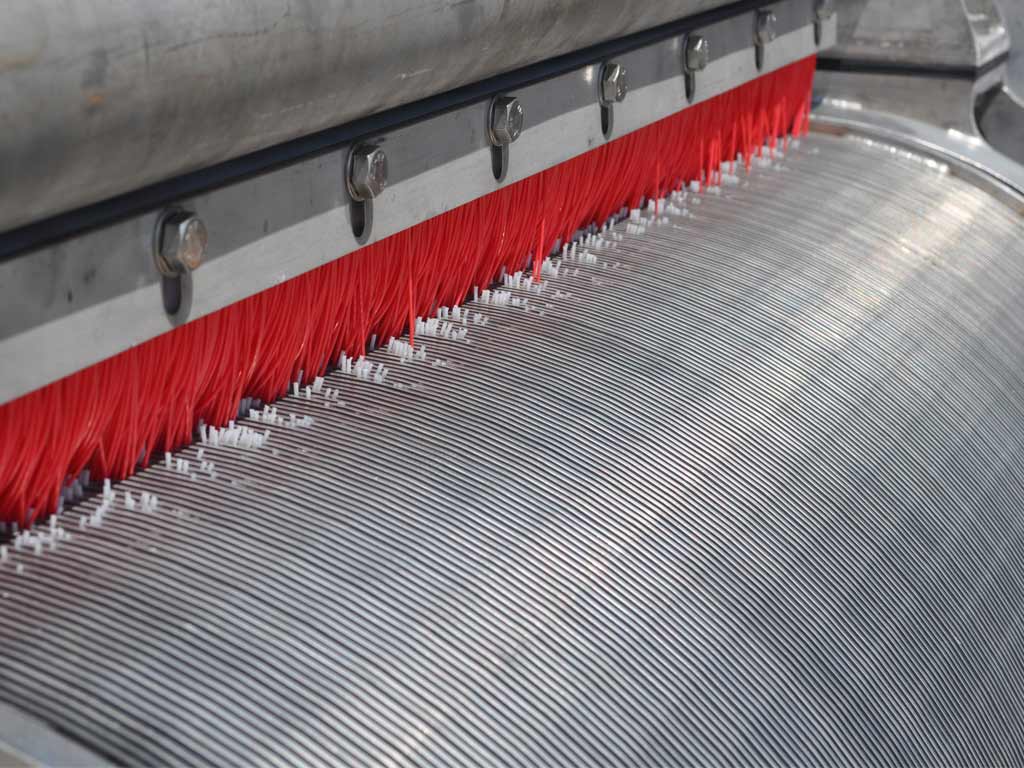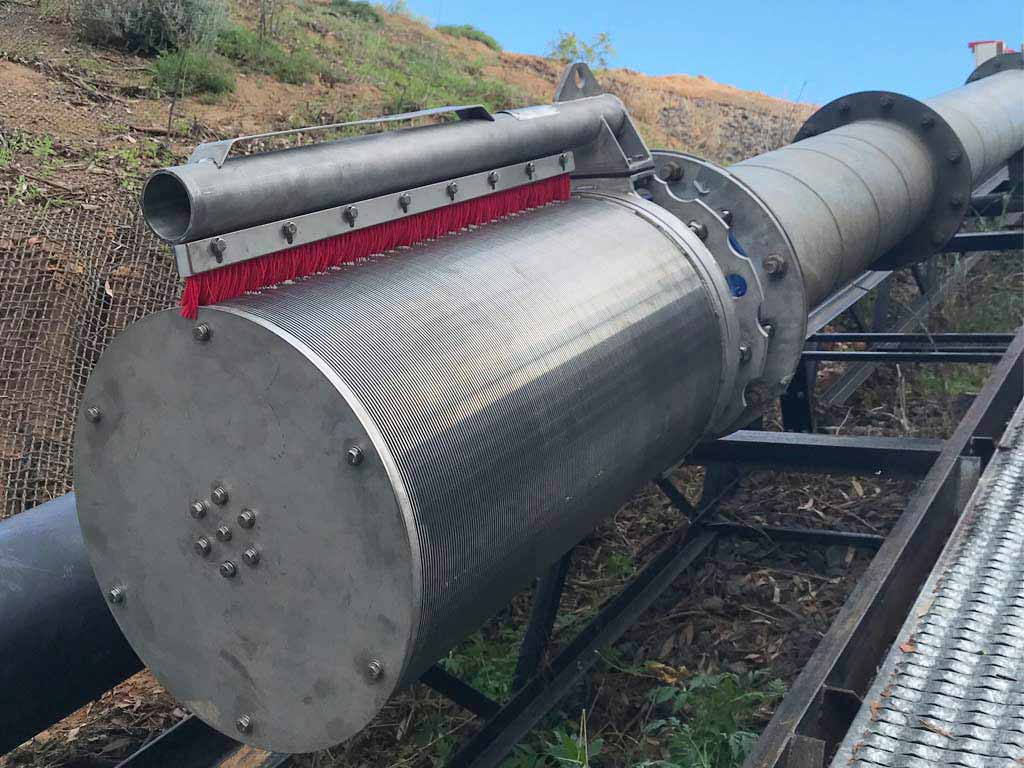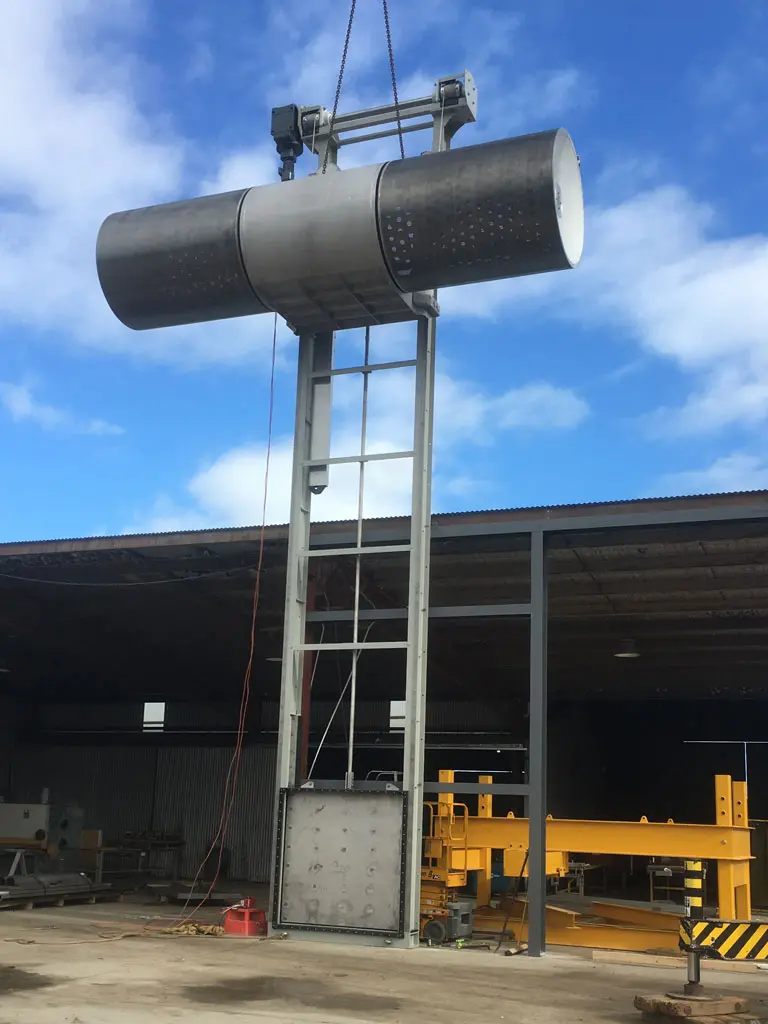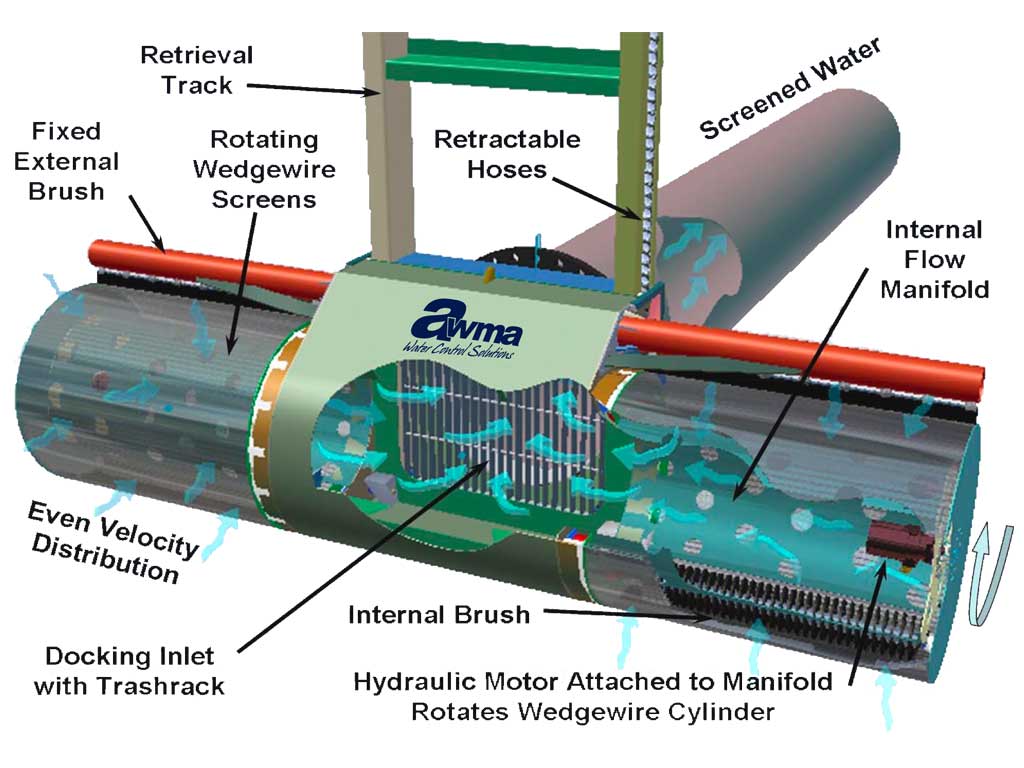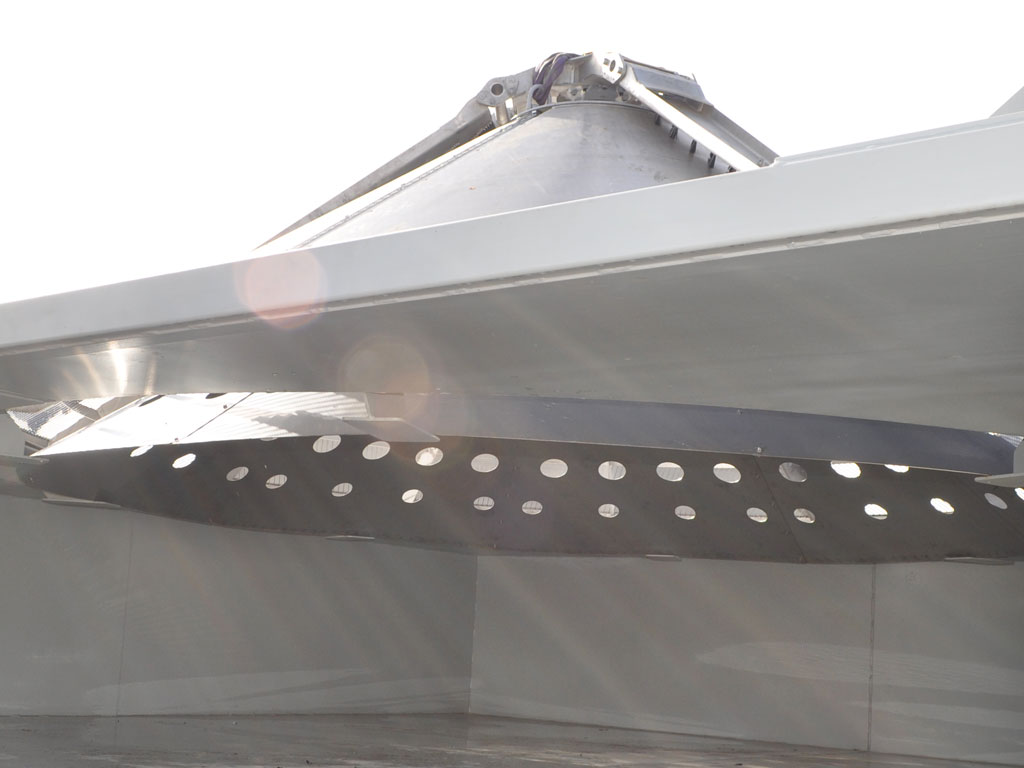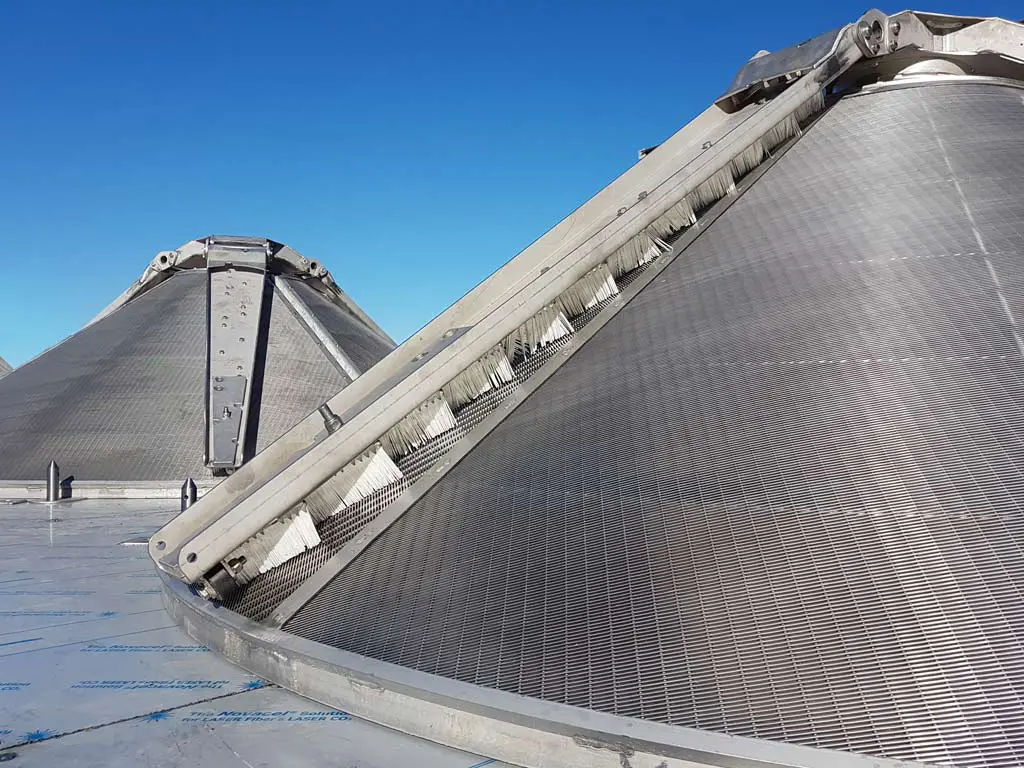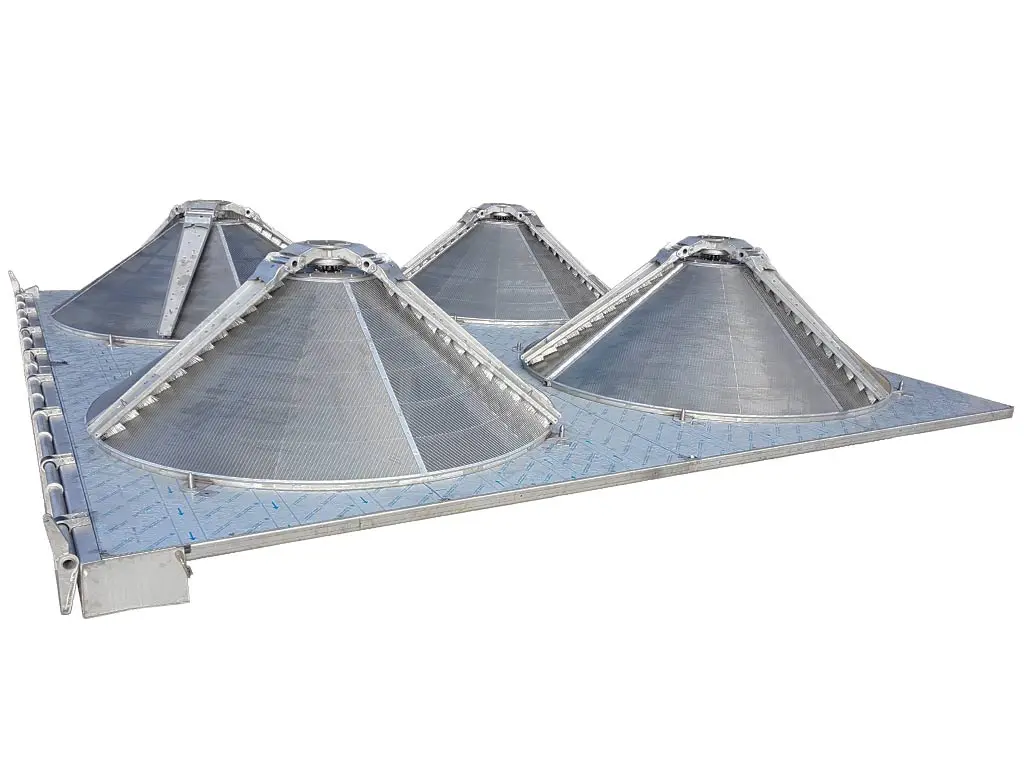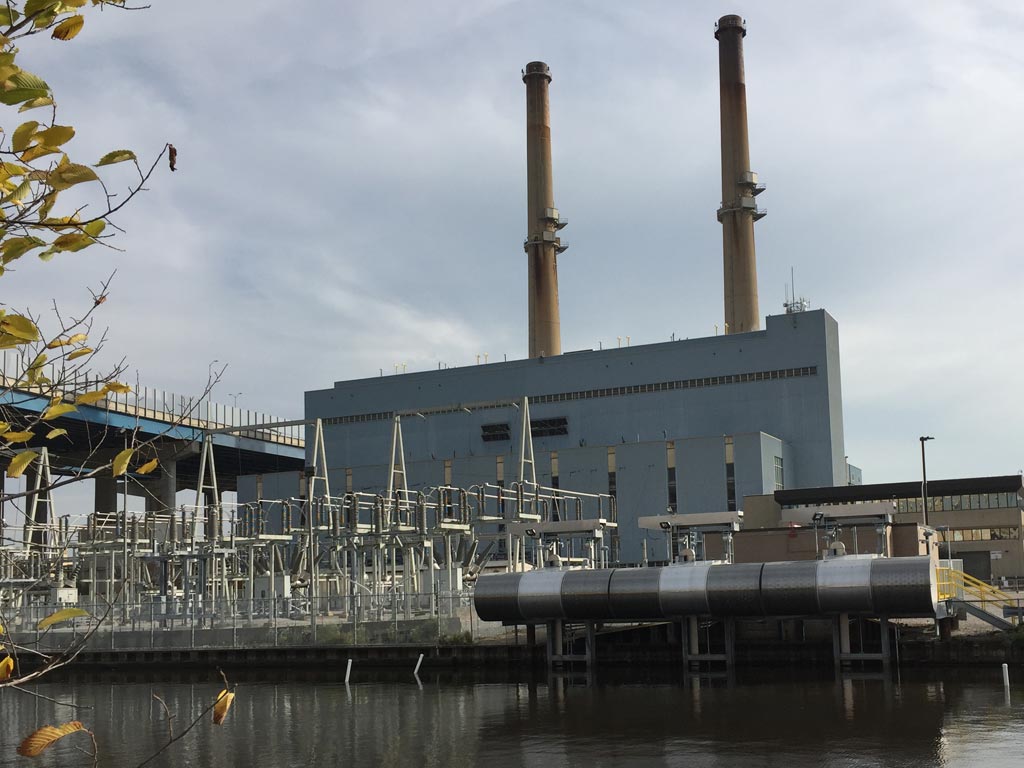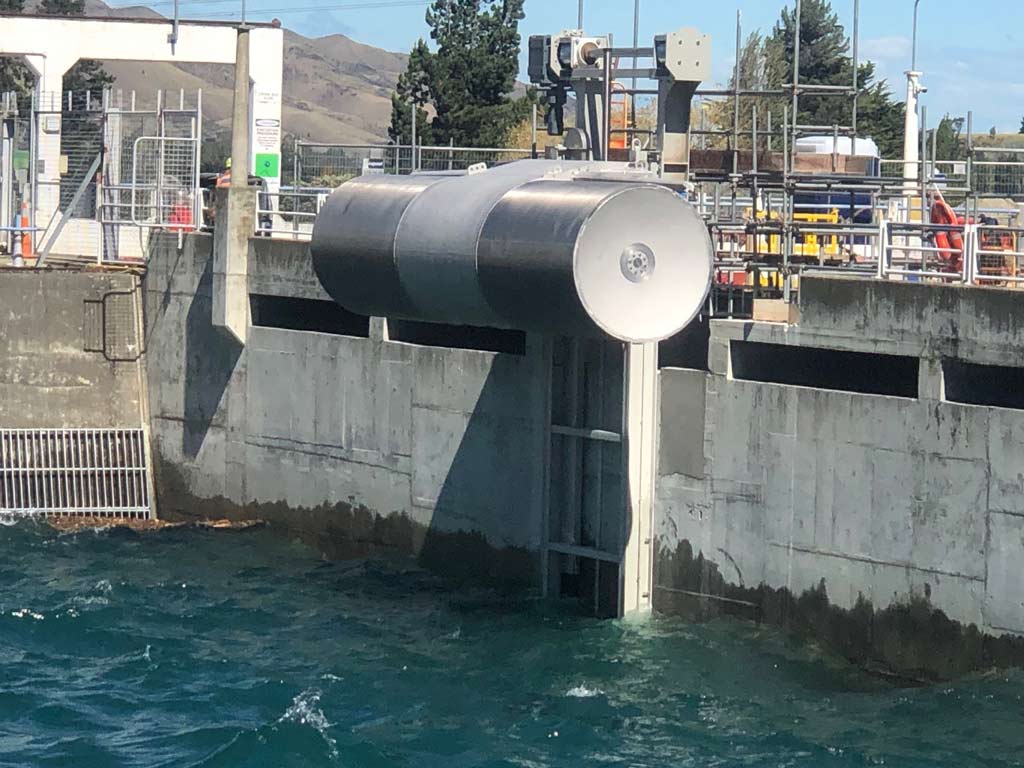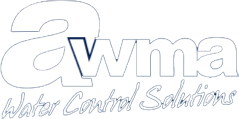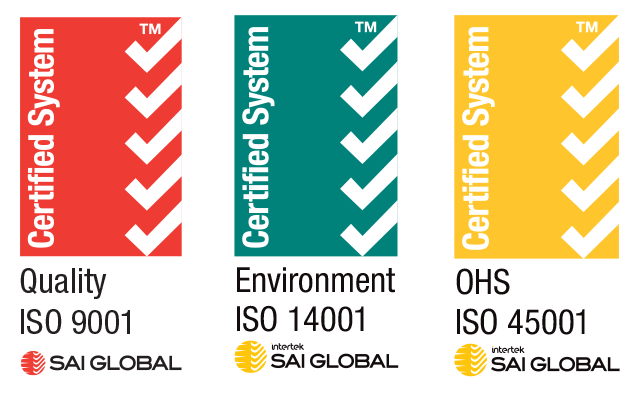The first thing that is required is having a good understanding of the hydraulic and operational characteristics of the diversion. It is often a good idea to involve a system designer such as pump engineer, hydraulic engineer, irrigation consultant, local fisheries authority or the fish exclusion screen manufacturing company if they offer direct support. Or a mix of all the above. The more advice and information available to you the better.
The investment in a good quality screen will not be a small investment, but if selected correctly it will enhance your operation, protect fish and have a long operating life with low whole of life costs.
Ensure you have a comprehensive understanding of the fish protection local legislation or best practice guidelines for your local area and fish type.
Screens are an essential addition to water intake and diversion systems to conserve fish populations whilst protecting water management infrastructure.
An efficient fish screen provides: finer filtration, a low approach velocity and an integrated screen cleaning system.
These proven features deliver uninterrupted flows (with no need for back flushing), prevents clogging of irrigation infrastructure, requires minimal maintenance, and all whilst reducing power consumption and operating costs. The environment also benefits as innovative screen technology protects aquatic fauna and flora in waterways and catchments.
There are THREE main design considerations when researching screen suitability;
- APERTURE SIZE
Fish screens are available in a variety of aperture sizes. The size required is site specific based on the aquatic life present (including fish species and breeding patterns). Aperture size will be dictated by local specifications. - APPROACH VELOCITY
The velocity of the water approaching and passing through the screen should be as low as possible. This prevents entrainment and impingement of both debris and fish. The velocity must be evenly distributed across the entire screen area. Low approach velocities also reduce head loss. - SELF-CLEANING FUNCTIONALITY
Traditional screens require regular manual cleaning with significant operational and safety risks. Advances in screen technologies include innovative cleaning systems. A self-cleaning screen ensures efficient operation, with fish protection, without comprising flow. Additionally, a sustainably clean screen improves pump efficiency reducing energy consumption.
EFFICIENT SCREEN DESIGN WILL INCLUDE:
- Internal baffling to control even flow over full screen area
- Deliver full rated unobstructed flows
- Approach velocity less than 0.12m/s
- Aperture size less than 3mm
- Integrated brush cleaning system
- Manufactured in Australia to International Quality Standards
- Screen life of 25+ years
AVOID entrainment of fish and debris on municipal raw water intakes, irrigation pumps, gravity diversions and hydropower intakes.
In New Zealand, fish exclusion screen technologies are now guided by the USEPA 316(b) compliant design requirements and the NIWA Fish screening: good practice guidelines for Canterbury.
Innovative screening technologies are now available to ensure the sustainability of fish health and increased water extraction efficiencies.
AWMA screens are designed to suit gravity and piped diversions. They draw low flow velocities, distributed evenly across the screen to ensure the sustainability of fish health and efficiency of water extraction. This even flow distribution across the entire screen surface combined with controlled low approach velocities prevents debris entrainment and impingement on the screen. Complimented by energy efficient, automated, brush cleaning.
Screen solutions are custom designed to be site specific ensuring the rated flow demand of the pump or diversion is maintained.
AWMA screens provide a win-win for the operator with reduced costs, whilst protecting the environment with the preservation of aquatic life.
Make sure your next screen decision is based on the inclusion of the key elements: aperture size, controlled approach velocities and an integrated cleaning system.
Traditionally, placing a screen on an intake resulted in UNDESIRABLE, INEFFICIENT and COSTLY outcomes:
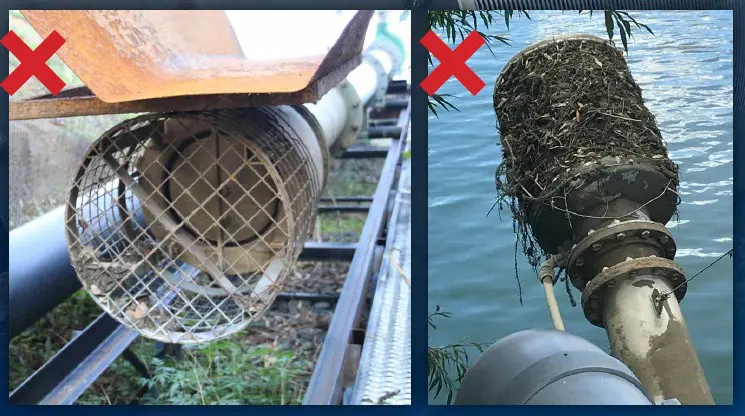
LEFT: Installing a coarse screen; This often delivers poor quality water, causing blocked lines and screens, resulting in high pump maintenance.
RIGHT: Installing a fine screen; This method delivers unreliable flow volumes, with regular screen blockages that are difficult to clean.

